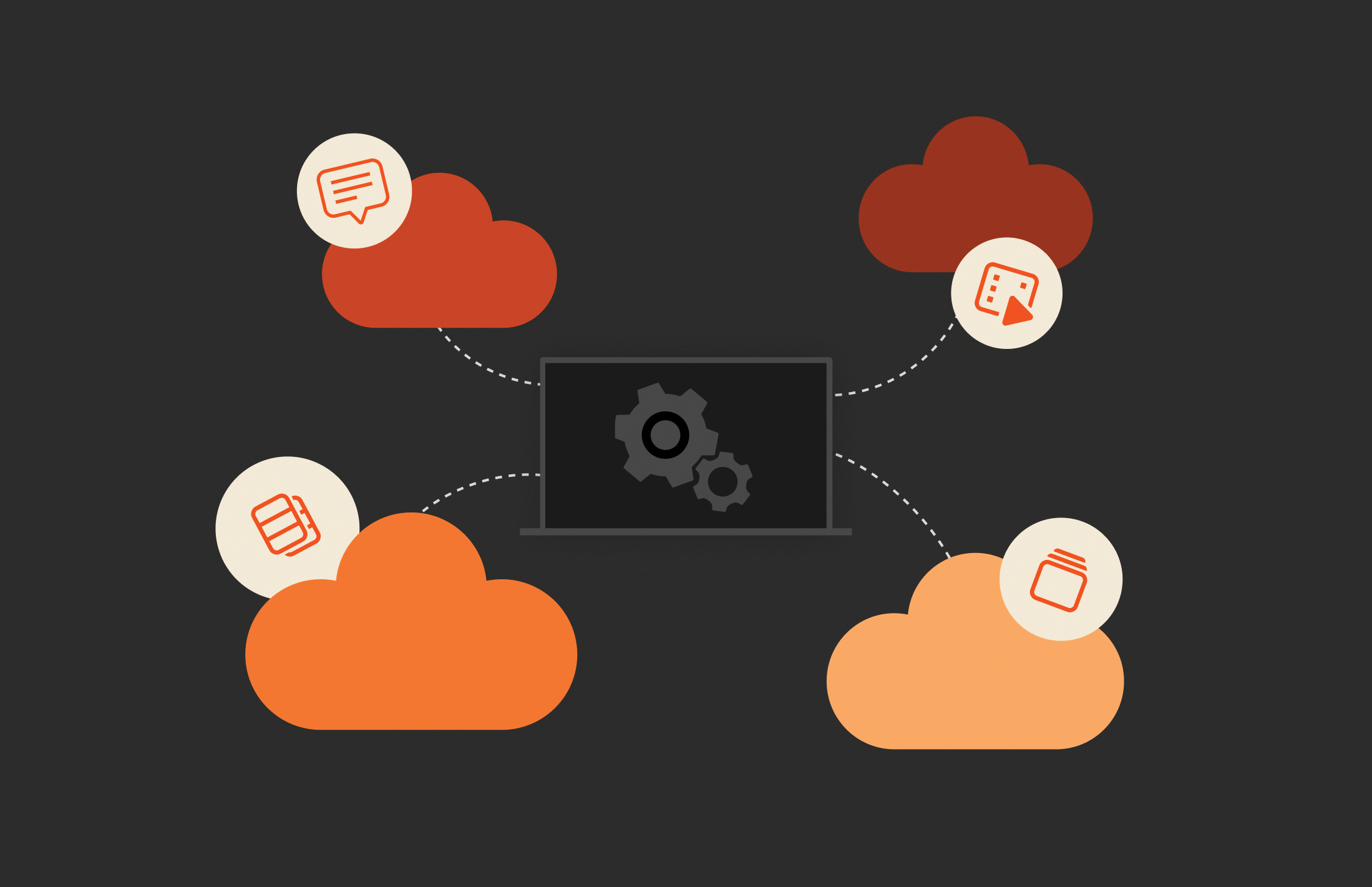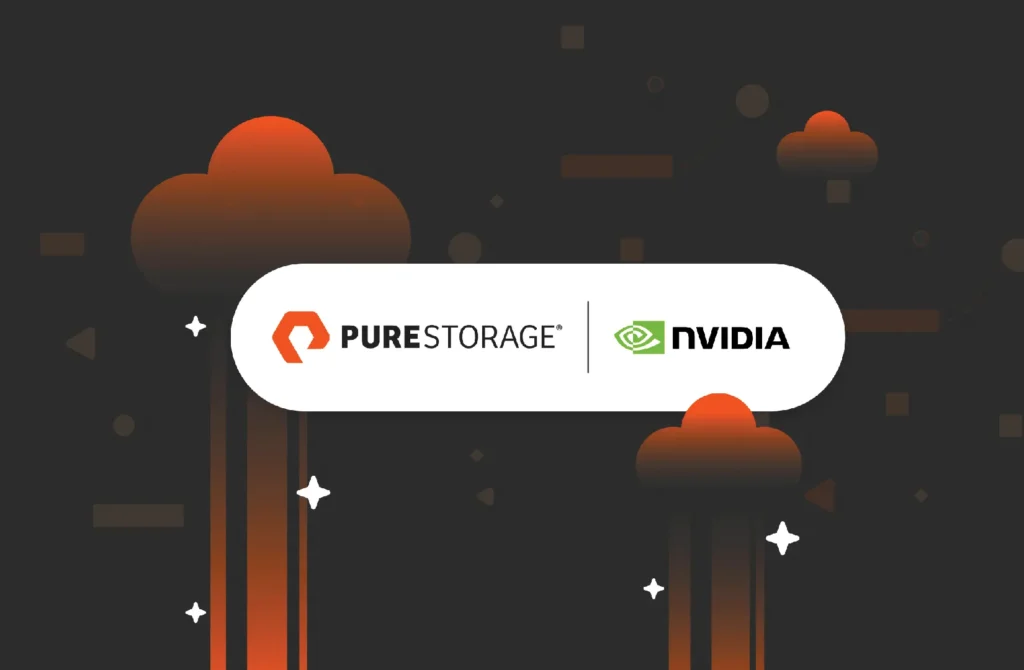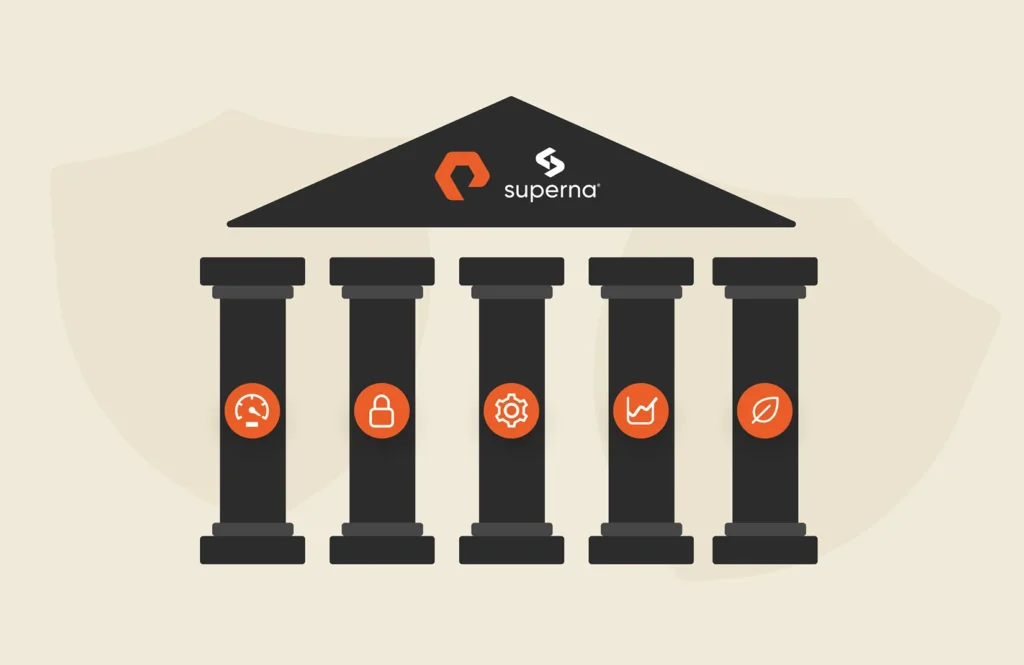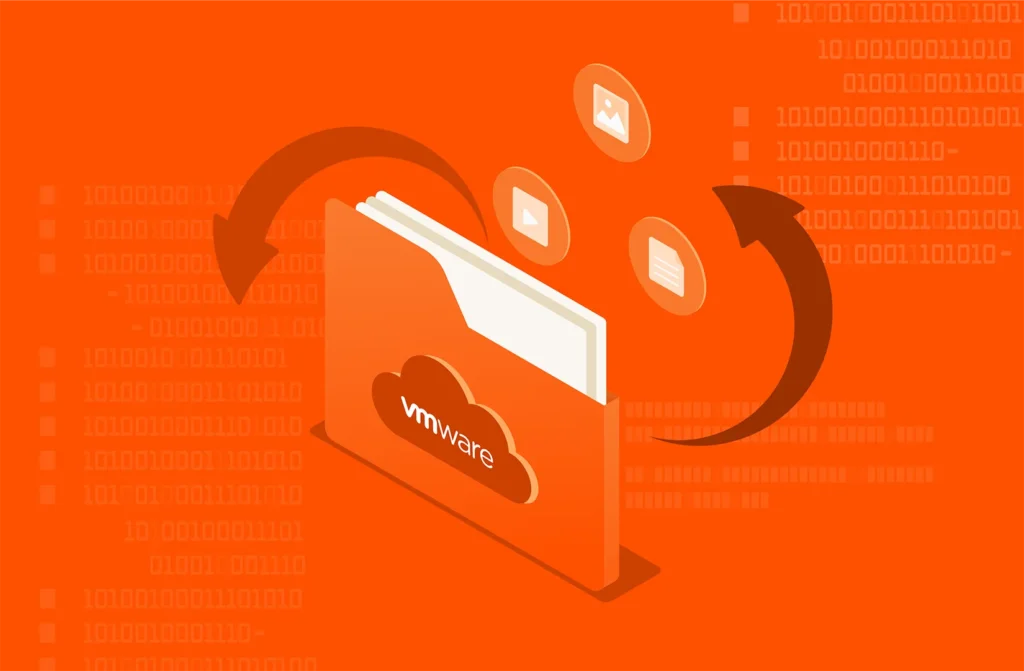The film and television industries are booming. Film production is way up, driven by the growth in the number and reach of streaming services. Production spending grew by 16% to $220 billion in 2020 alone, an increase of $31 billion. Expectations were for another $30 billion increase in 2021. And there’s no end in sight for this growth trend as demand for new content continues to increase in the media workflow.
In this sense, it’s the best of times for the film industry and media creatives. But, challenges remain. What was once a very workplace-centric industry was suddenly transformed into a work-from-home industry. And even with studios and offices reopening, many employees feel that a blended job environment, mixing the office with working from home, will be the way to work going forward. This new work-from-anywhere approach to filmmaking offers studios access to a much wider talent base of creatives who aren’t bound by a location or time zone.
However, there are daunting technical challenges to remote work. Film production isn’t the same thing as getting your work emails at home. Internet bandwidth limitations and data latencies are major impediments to remote media workflows. Media and entertainment professionals use a mix of large and small files to create videos, build animated graphics, produce sound mixes, and review or correct images and photos. These tasks are far more time-consuming and difficult when working remotely with traditional file-sharing protocols. The need to collaborate across teams further complicates things, including maintaining data security.
LucidLink has come up with a game-changing application called Filespaces. It enables global creative teams to stream data directly to and from any object store on demand, with no need to download and synchronize files in advance. Filespaces breaks down distance barriers, providing easy and effective file access that supports key industry tools like Adobe Creative Cloud and DaVinci Resolve.
Fast Object Storage to the Rescue
Object storage has long been viewed as a slow data tier, useful only for archive data. Yet, the performance and capacity demands of editing and creative media workflows are anything but slow. The solution? Pure Storage® FlashBlade®, the leading unified fast file and object (UFFO) storage platform.
One of the design fundamentals of LucidLink is the ability to make parallel requests to object storage. FlashBlade’s high-throughput, massively parallel architecture is the perfect fit for this model. Together, LucidLink and FlashBlade solve major film and media challenges, including:
- Workload variation: Creative workloads vary greatly. Some tasks like high-resolution video and graphics can require very large files from multiple sources. Other tasks like animation and special effects may require thousands of small files. Some operations are read-heavy, while others are write-heavy. FlashBlade and LucidLink work equally well with files of any size, as well as both read- and write-access. And unlike legacy file platforms, FlashBlade doesn’t require tuning. This makes it an exceptional platform for diverse media workflows.
- Multiple users and security: Creative projects are a long way from the days of one editor working at a single workstation. Today’s projects require multiple creatives sharing access to the same storage. FlashBlade’s intelligent load balancing automatically distributes clients and data across all resources and layers, which means that no resource, data path, or metadata server is ever the bottleneck. Tens of thousands of clients can connect to a FlashBlade system.
LucidLink also unifies file and user security. Collaborating across multiple systems with different security protocols can weaken overall protection. Using a single shared repository keeps security management simple.
- Scale: Video resolution improves all the time, and that means larger files and massive projects. And FlashBlade is capable of equally massive scale. Up to 8PB of effective capacity can be deployed in a single cluster of 150 blades of 52TB each. And since each blade contains flash capacity, compute, and networking elements, performance scales linearly from a starter system up to the largest, multi-chassis unit.
- Downtime: Lack of access can be devastating to creative staff productivity and disrupt project delivery timelines. It’s also very costly. FlashBlade dynamically self-heals to deliver incredible reliability. With data availability powered by erasure coding, FlashBlade will keep running as the system heals itself in case of failure in any resources. This helps ensure productivity stays high.
The combination of LucidLink with the object storage performance of FlashBlade delivers just what is needed for enabling remote work. But it’s not just for remote work. It works equally well to speed up workflows when creatives are in the office.
Learn more about this high-performance storage solution for creatives. Both FlashBlade and LucidLink are available through as-a-service subscription models. This means you can start small and grow as needed. Or start large for a particular project, and then painlessly scale back as needed without cost penalties or headaches.
Read High-performance Storage for Creatives to learn more about how LucidLink and Pure FlashBlade can help empower media and entertainment creatives.

How Storage Plays a Role in Optimizing Database Environments
Creative License
Bring speed and simplicity at scale to Adobe Creative Cloud with Pure and LucidLink.








